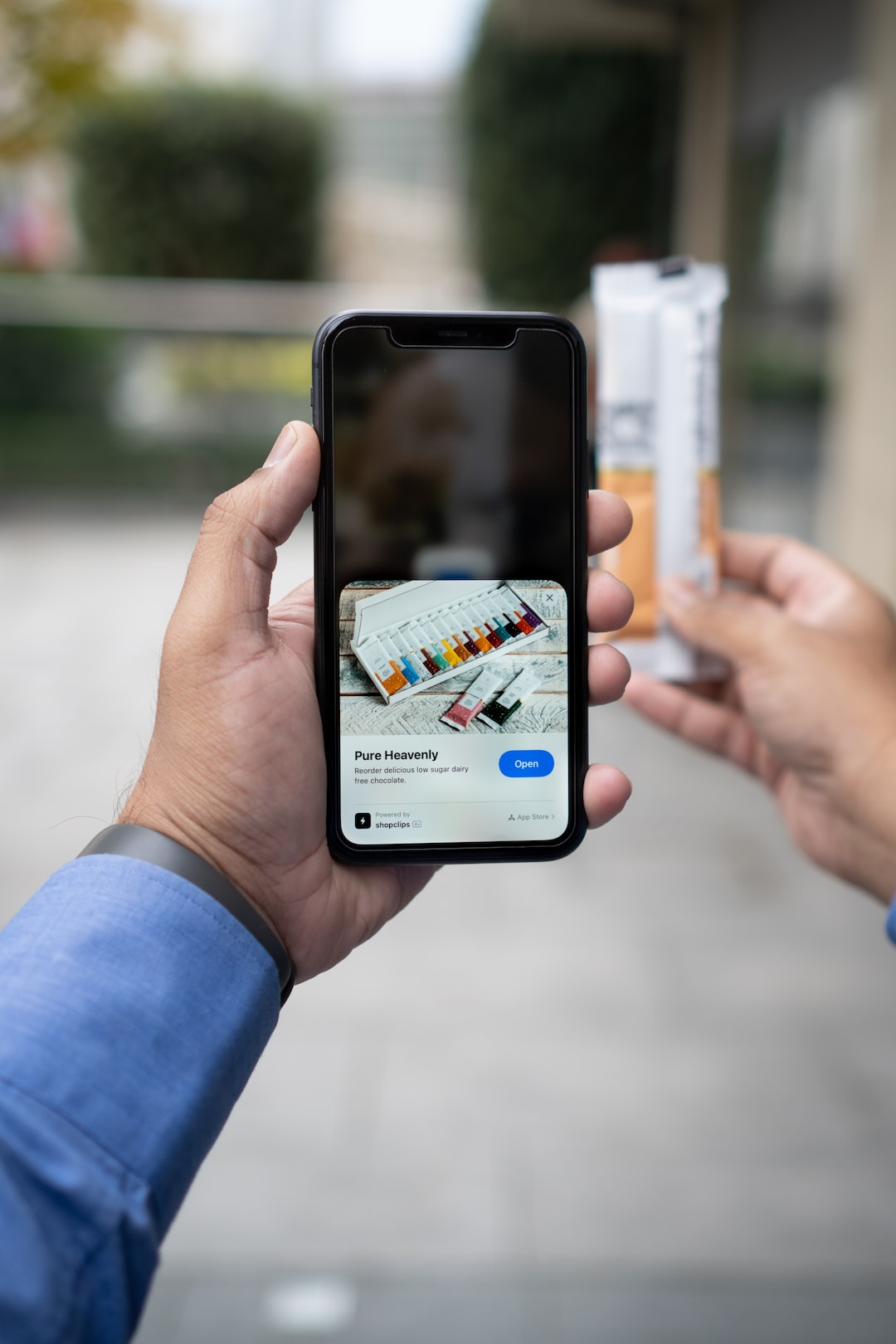Exploring Omnichannel Retailing: Seamlessly Integrating Online and Offline Experiences
In this digital era, where online shopping has become increasingly popular, retailers are faced with the challenge of creating a seamless and integrated shopping experience for their customers across various channels. Enter omnichannel retailing, a strategy that aims to bridge the gap between online and offline shopping experiences. In this blog post, we will explore the concept of omnichannel retailing and how it is revolutionizing the way we shop.
Omnichannel retailing refers to the integration of multiple shopping channels, including brick-and-mortar stores, e-commerce websites, mobile apps, social media, and more. The goal is to provide customers with a consistent and cohesive shopping experience, regardless of the channel they choose to engage with. By seamlessly connecting these channels, retailers can create a unified brand identity and deliver personalized experiences that cater to individual customer preferences.
One of the key advantages of omnichannel retailing is the ability to leverage the strengths of both online and offline shopping. Brick-and-mortar stores offer the advantage of touch-and-feel experiences, instant gratification, and the opportunity for face-to-face interactions with knowledgeable sales associates. However, they are often limited by geographic reach and inventory availability. On the other hand, online shopping provides the convenience of anytime, anywhere access, a wider selection of products, and the ability to compare prices and read reviews. But it lacks the sensory experience and human touch that physical stores offer.
By integrating online and offline channels, retailers can overcome these limitations and enhance the overall shopping experience. For example, customers can browse and research products online before visiting a store to make a purchase. They can reserve items online and pick them up in-store, combining the convenience of online shopping with the immediate gratification of in-person pickup. Retailers can also offer features such as endless aisle, where customers can browse additional inventory online and have it shipped to their home if it is not available in-store.
One of the key components of successful omnichannel retailing is a robust and integrated technology platform. This includes a centralized inventory management system that provides real-time visibility into stock availability across all channels. This enables retailers to avoid situations where a customer visits a store only to find out that the desired item is out-of-stock. It also allows for accurate order fulfillment and efficient inventory replenishment. In addition, a seamless checkout process across all channels, with options for mobile payments, can significantly enhance the overall shopping experience.
Personalization is another important aspect of omnichannel retailing. By leveraging customer data, including purchase history, preferences, and demographics, retailers can tailor their marketing and promotions to individual customers. For example, a customer who frequently purchases athletic shoes online might receive targeted offers for running gear when they visit a physical store. Likewise, personalized recommendations can be provided on the retailer’s website or mobile app based on the customer’s browsing and purchase history.
Social media also plays a crucial role in omnichannel retailing. It provides retailers with a platform to engage with customers, showcase products, and gather feedback. By incorporating social media into their omnichannel strategy, retailers can leverage the power of user-generated content and influencer marketing to drive awareness and sales. Social media channels can also be used to provide customer service and support, allowing customers to reach out with questions or concerns and receive timely responses.
In conclusion, omnichannel retailing is transforming the way we shop by seamlessly integrating online and offline experiences. It allows retailers to leverage the strengths of both channels, offering customers a consistent and personalized shopping experience. By adopting a robust technology platform, retailers can overcome limitations and provide real-time visibility into inventory availability. Personalization and social media engagement further enhance the overall experience. As the retail landscape continues to evolve, embracing omnichannel retailing is becoming a necessity for retailers who wish to thrive in the digital age.
